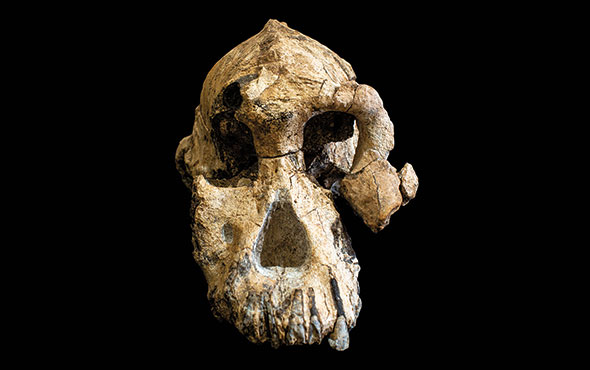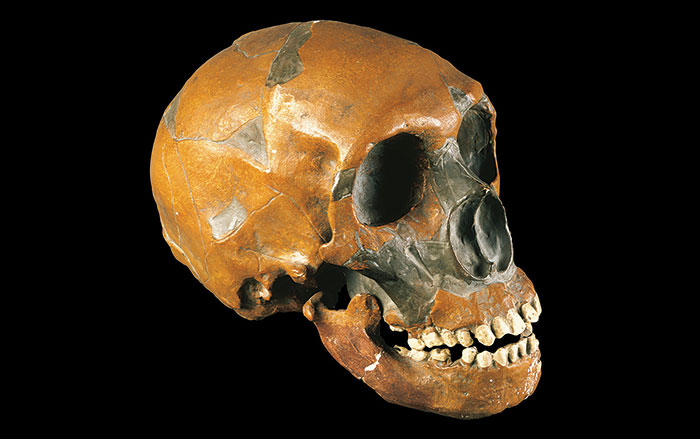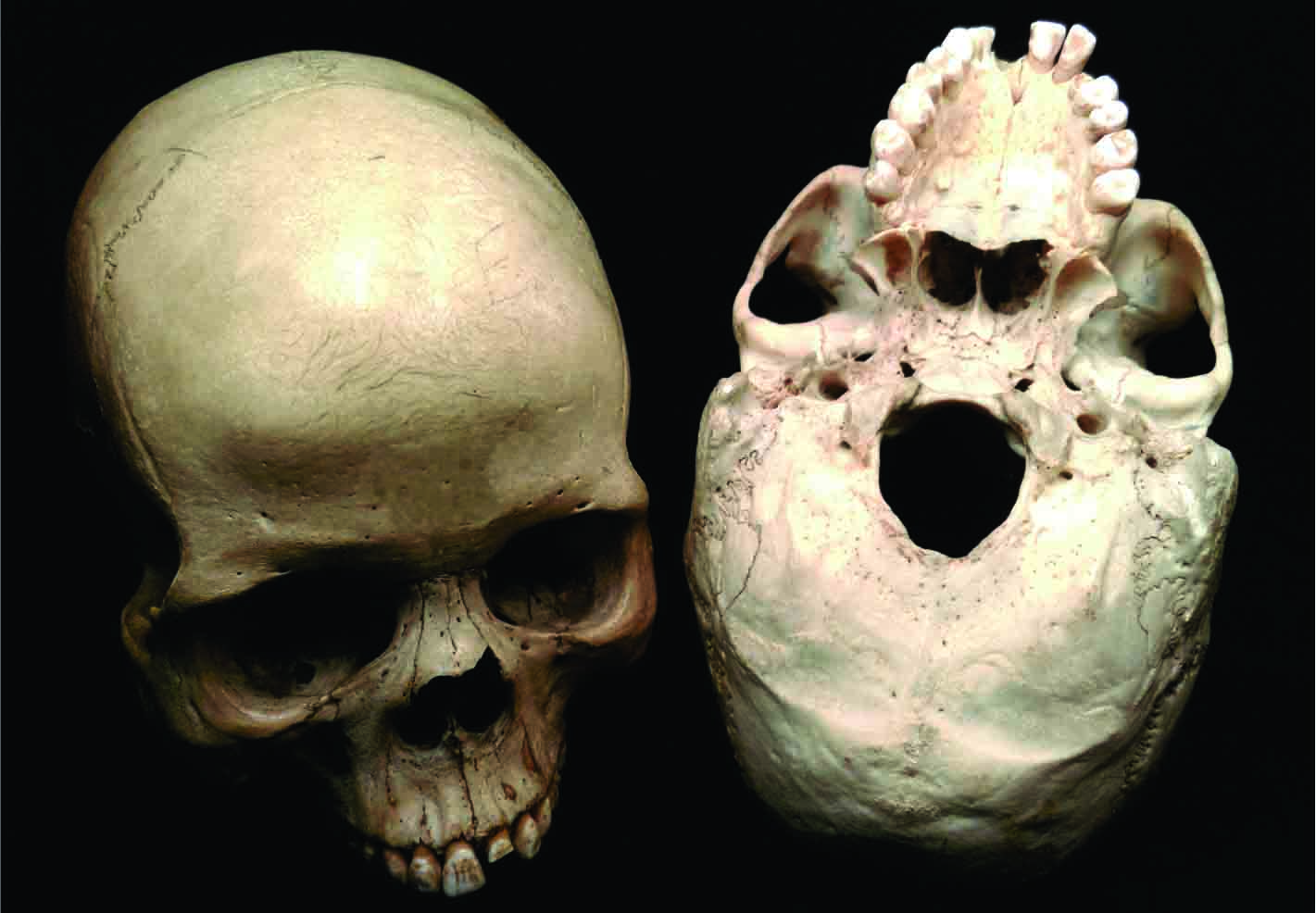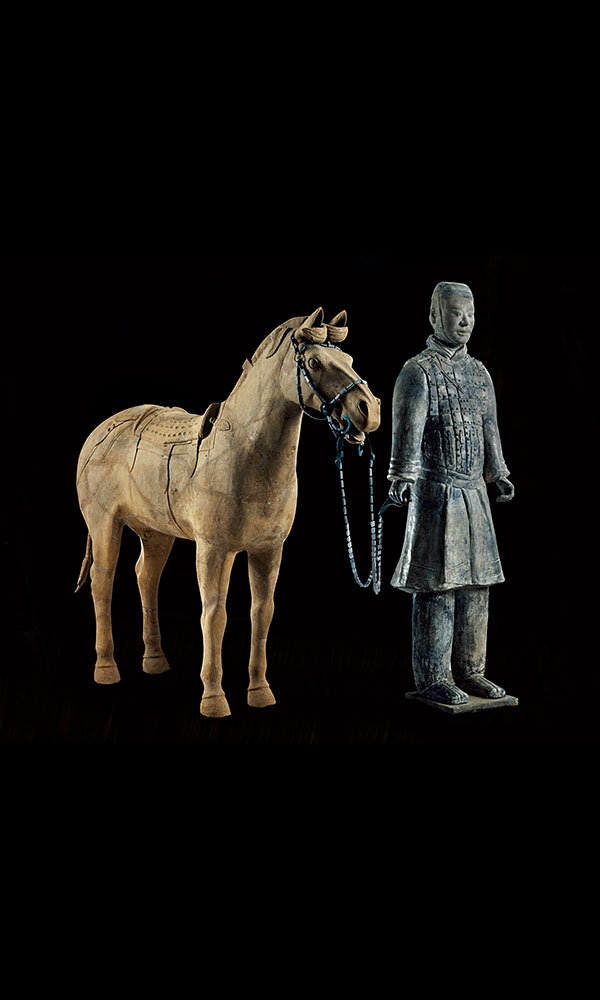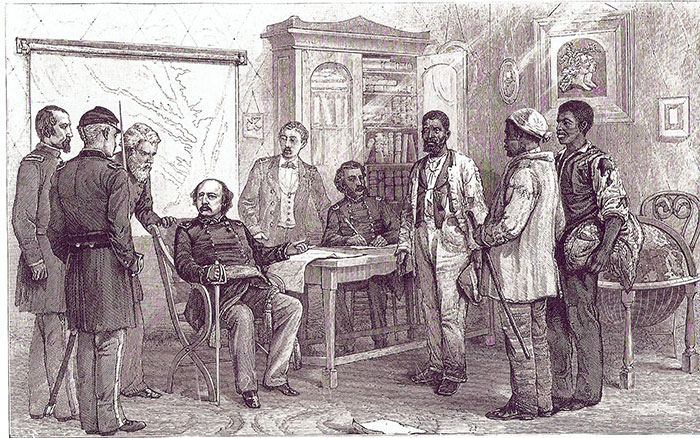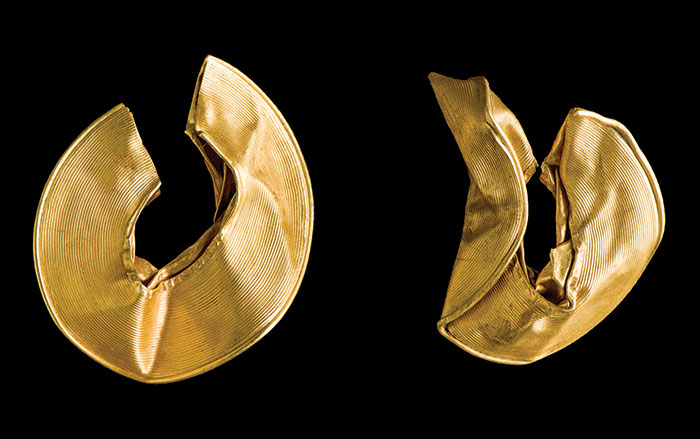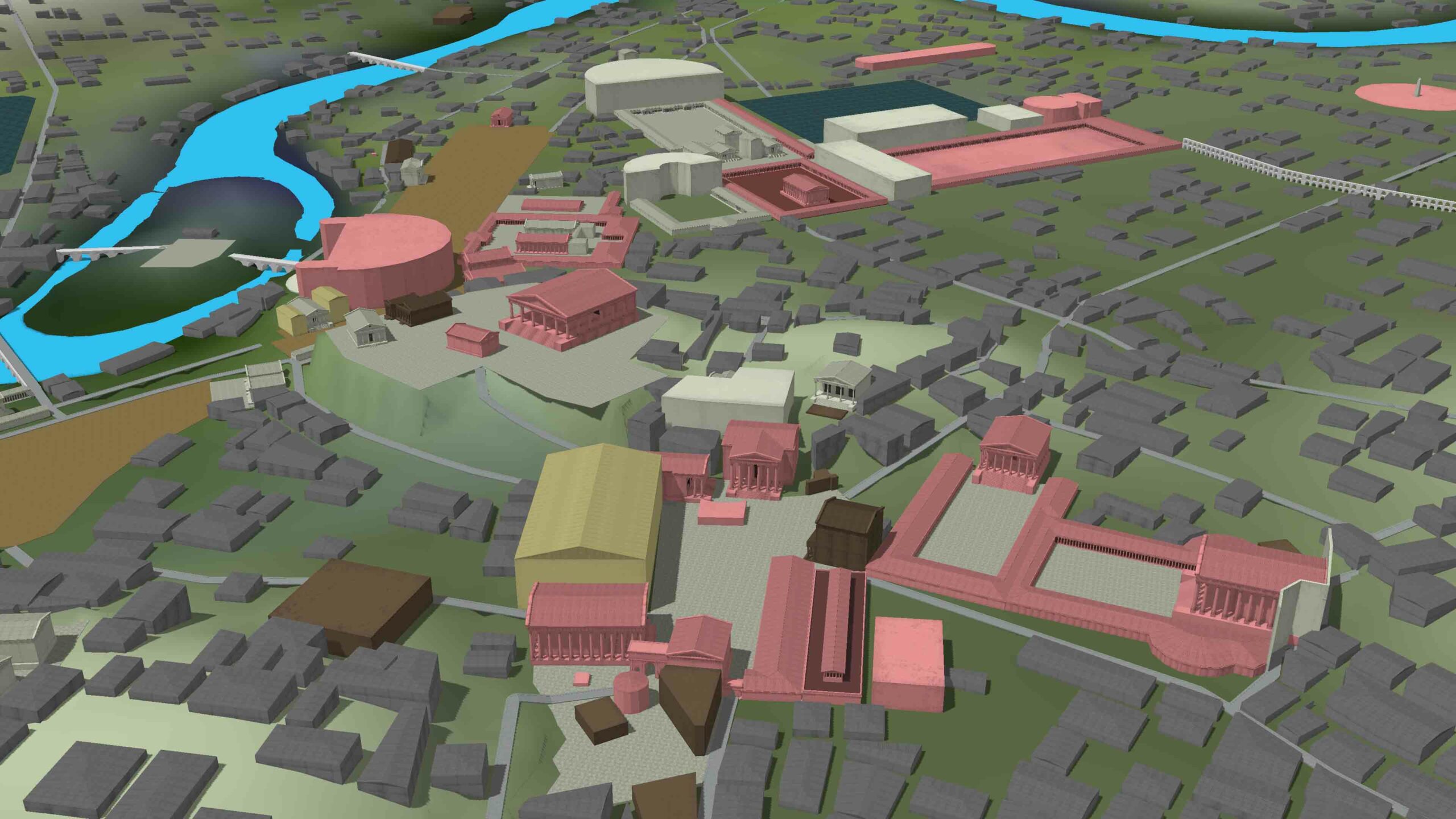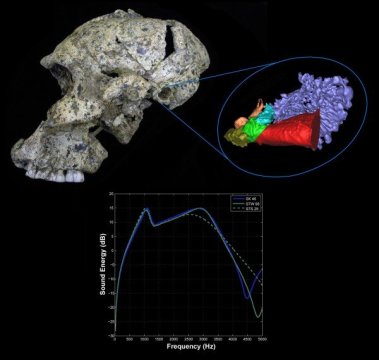
BINGHAMTON, NEW YORK—An international team of scientists led by Rolf Quam of Binghamton University examined CT scans and virtual computer reconstructions of the internal anatomy of the ears of Australopithecus africanus and Paranthropus robustus. “We know that the hearing patterns, or audiograms, in chimpanzees and humans are distinct because their hearing abilities have been measured in the laboratory in living subjects. So we were interested in finding out when this human-like hearing pattern first emerged during our evolutionary history,” Quam explained in a press release. Modern humans have better hearing than other primates across a wider range of frequencies, generally between 1.0 and 6.0 kHz. The new research suggests that these early human ancestors had hearing that was more sensitive than modern humans or chimpanzees from about 1.0 to 3.0 kHz, which may have favored short-range vocal communication in open environments, but this does not indicate that they could speak. “We feel our research line does have considerable potential to provide new insights into when the human hearing pattern emerged and, by extension, when we developed language,” Quam said. For more, go to "Australopithecus' Best Foot Forward."


